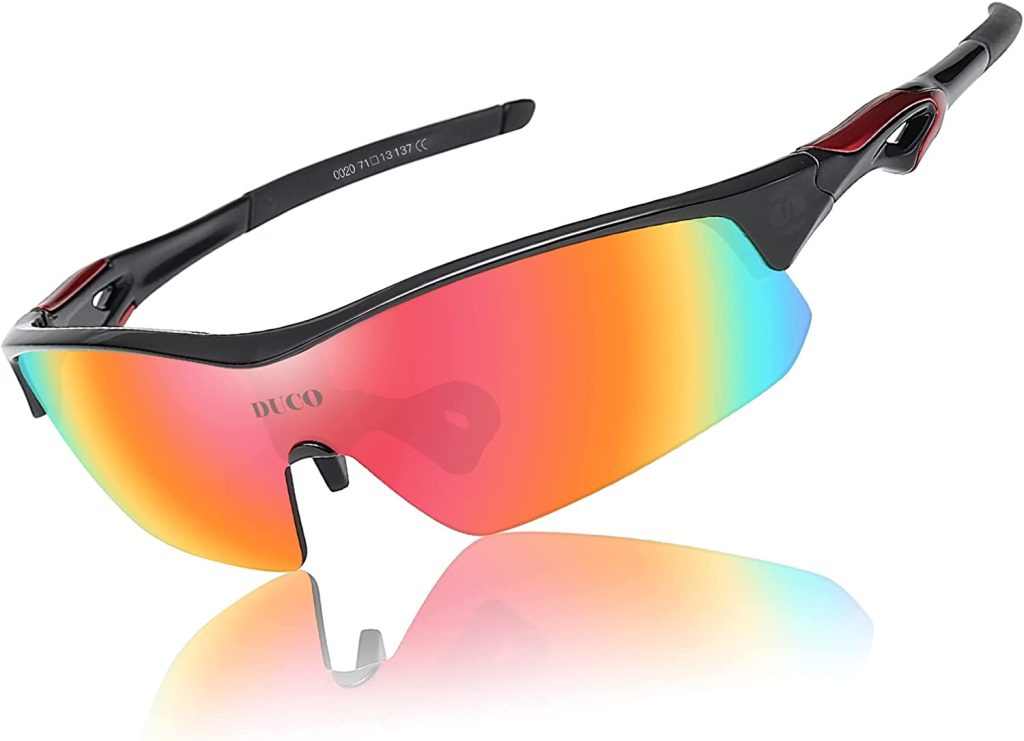Polarized sunglasses have become a popular choice for those who spend a lot of time outdoors. They’re especially favored by drivers, fishermen, and athletes because they reduce glare and eye strain. However, some users report experiencing headaches when wearing these glasses. This article aims to examine the possibility of polarized sunglasses causing headaches and answer the question: can polarized sunglasses give you a headache?
Introduction to Polarized Sunglasses

What are Polarized Sunglasses?
Polarized sunglasses have lenses that contain a special filter blocking the horizontal component of light waves. This reduces glare reflected off surfaces like water, roads, and cars, which is typically horizontally polarized. The end result is increased visual clarity and comfort in bright conditions.
Benefits of Polarized Sunglasses
- Reduces Glare: By blocking horizontally polarized light, these sunglasses significantly reduce glare.
- Enhances Contrast and Clarity: They can increase contrast sensitivity, allowing for clearer vision in bright light conditions.
- Reduces Eye Strain: They lessen the harmful effects of the sun’s rays, reducing the risk of eye fatigue.
The Headache Conundrum
Reported Cases
While many people benefit from wearing polarized sunglasses, some users have reported experiencing headaches. This phenomenon has been a topic of debate among experts.
Theories and Explanations
There are a few theories which try to explain why polarized sunglasses might cause headaches:
1. Eye Strain
While polarized lenses reduce eye strain from glare, they may also cause the pupils to dilate slightly since they make the surroundings darker. This, in turn, could lead to increased eye strain in certain scenarios, causing headaches.
2. Tint and Lens Material
The tint and material of the lenses can impact how your eyes perceive light. Some individuals might be sensitive to certain tints or lens materials, leading to discomfort and headaches.
3. Visual Distortions
Polarized lenses can sometimes cause slight visual distortions because they alter how we perceive horizontal and vertical lines. This alteration can be disorienting for some individuals, especially if they are not used to wearing polarized sunglasses.
4. Binocular Vision Misalignment
For individuals with slight misalignment in binocular vision (the ability of both eyes to work together), the polarized lenses might exacerbate the issue, resulting in headaches.
Tips to Prevent Headaches When Using Polarized Sunglasses
Proper Fit
Ensure that your sunglasses fit well. They should not be too tight, as this can cause pressure on the temples and contribute to headaches.
Gradual Introduction
If you are new to polarized sunglasses, wear them for short periods initially and gradually increase the duration as your eyes adapt to them.
Choose the Right Tint
Experiment with different tints to find out which one is the most comfortable for your eyes. Some people find gray tints to be the most neutral, while others prefer brown or amber tints for enhanced contrast.
Consult an Eye Specialist
If you experience persistent headaches with polarized sunglasses, it is wise to consult an eye specialist. They can examine your eyes and suggest whether polarized sunglasses are suitable for you or if there are underlying issues that need to be addressed.
Alternatives to Polarized Sunglasses
If polarized sunglasses are not suitable for you, there are alternatives:
Photochromic Lenses
Photochromic lenses automatically adjust their tint based on the light conditions. They are generally not as dark as polarized lenses and may be more comfortable for those who experience headaches.
Standard UV-Protection Sunglasses
Standard sunglasses with full UV protection but without polarization can still protect your eyes from the harmful effects of the sun.
Wearing a Hat
Wearing a wide-brimmed hat along with non-polarized sunglasses can also reduce glare and protect your eyes from the sun, without the polarized element that might contribute to headaches.
Conclusion
While polarized sunglasses are a boon for many who wish to reduce glare and protect their eyes in bright conditions, they may not be ideal for everyone. A small percentage of individuals report headaches and discomfort when wearing these lenses. This may be due to factors like increased eye strain, sensitivity to lens material or tint, visual distortions, or underlying issues with binocular vision.
If you experience headaches while wearing polarized sunglasses, ensure they fit properly, try different lens tints, introduce them gradually, and consider consulting an eye specialist. It’s important to prioritize your eye health and comfort, and in some cases, alternatives such as photochromic lenses or a combination of non-polarized sunglasses with a wide-brimmed hat might be more suitable.
Ultimately, understanding your personal sensitivities and consulting with an eye care professional will guide you in making the best choice for your vision and comfort.



Recent Comments